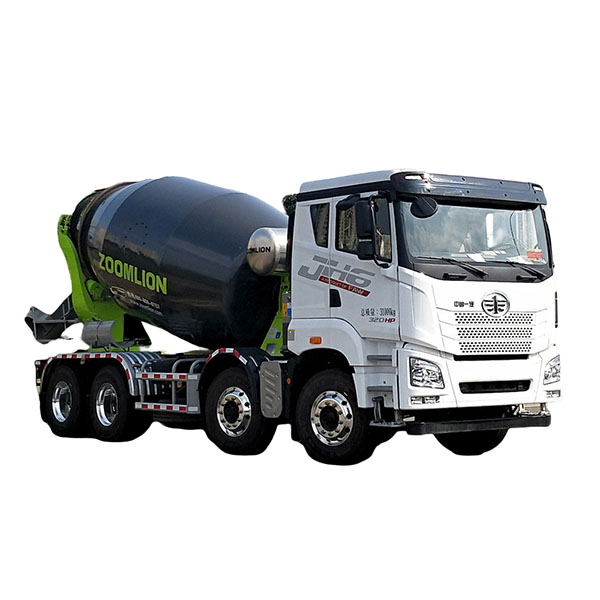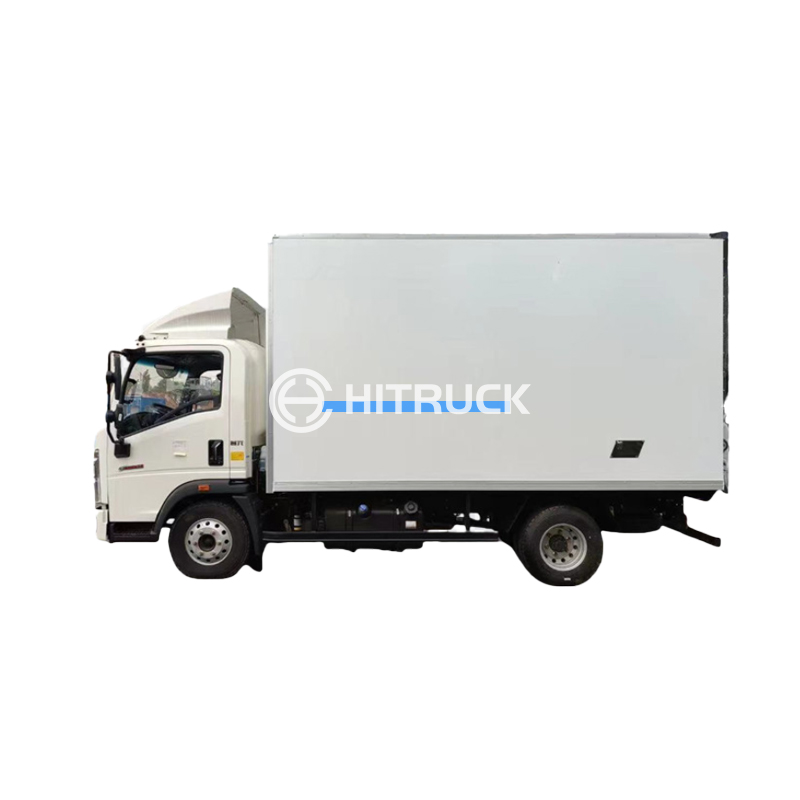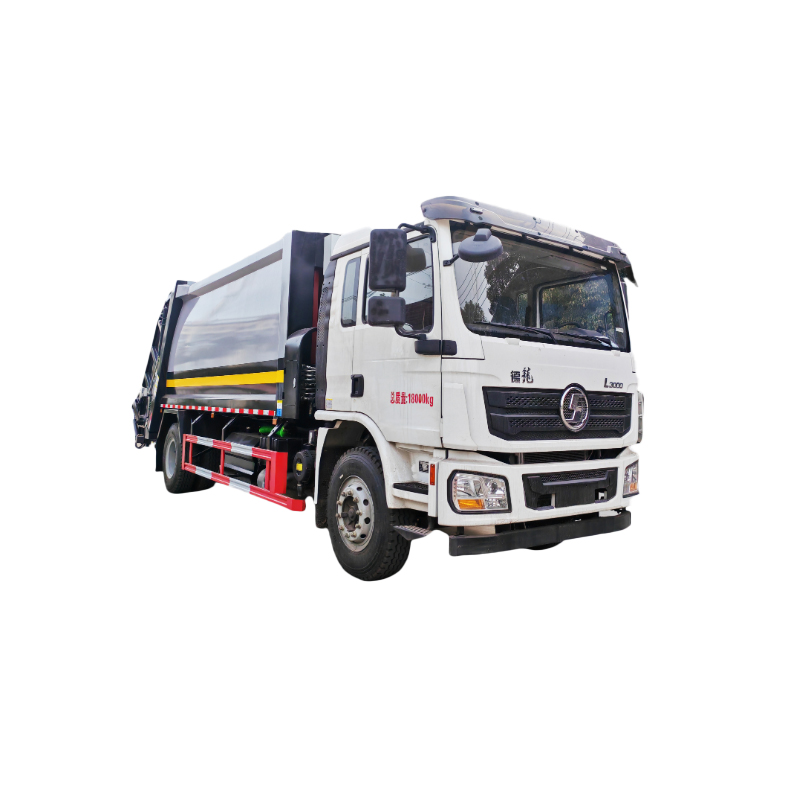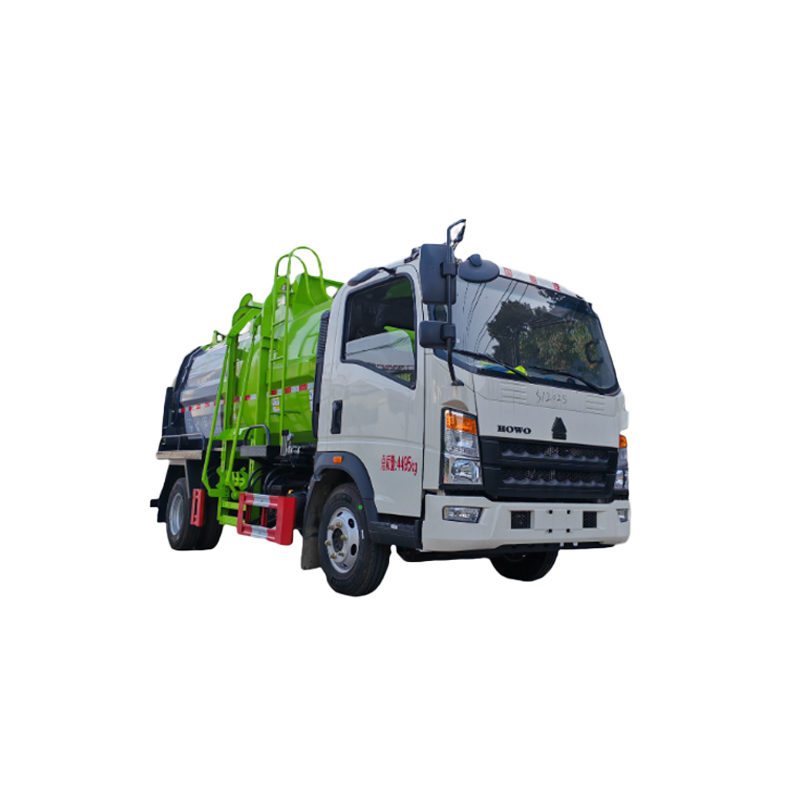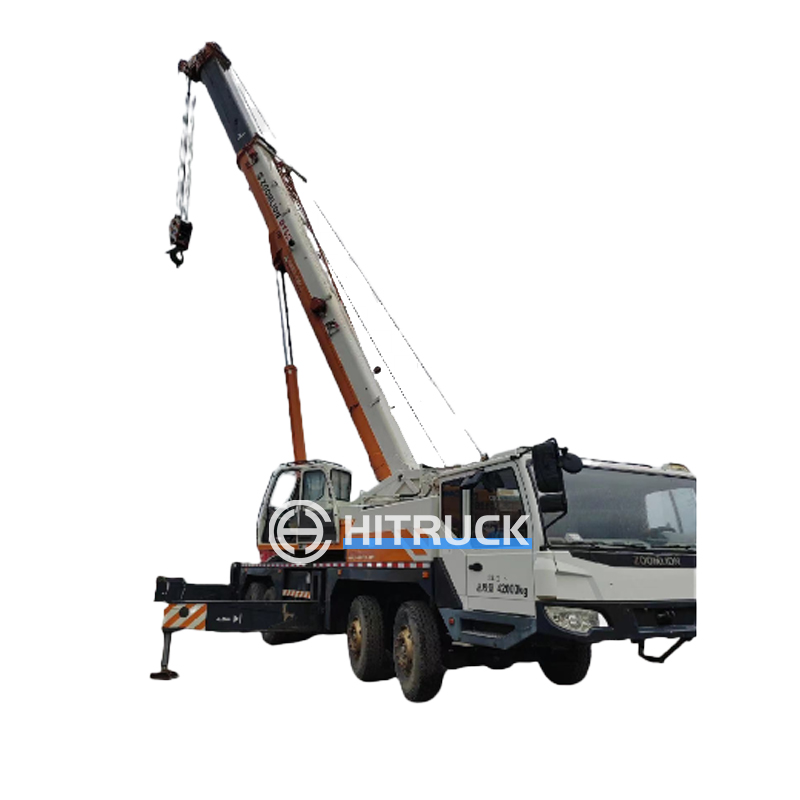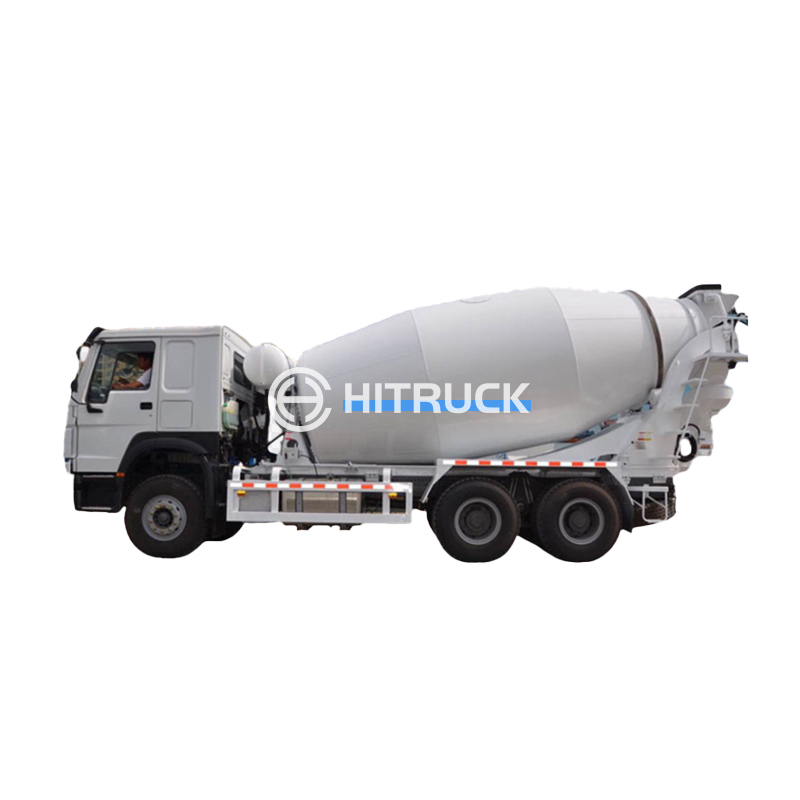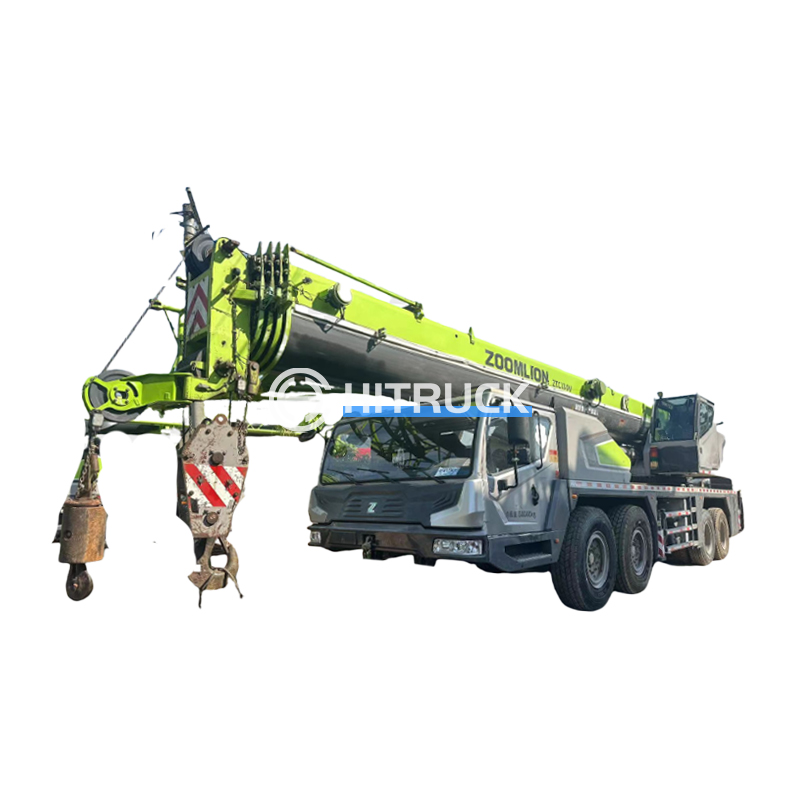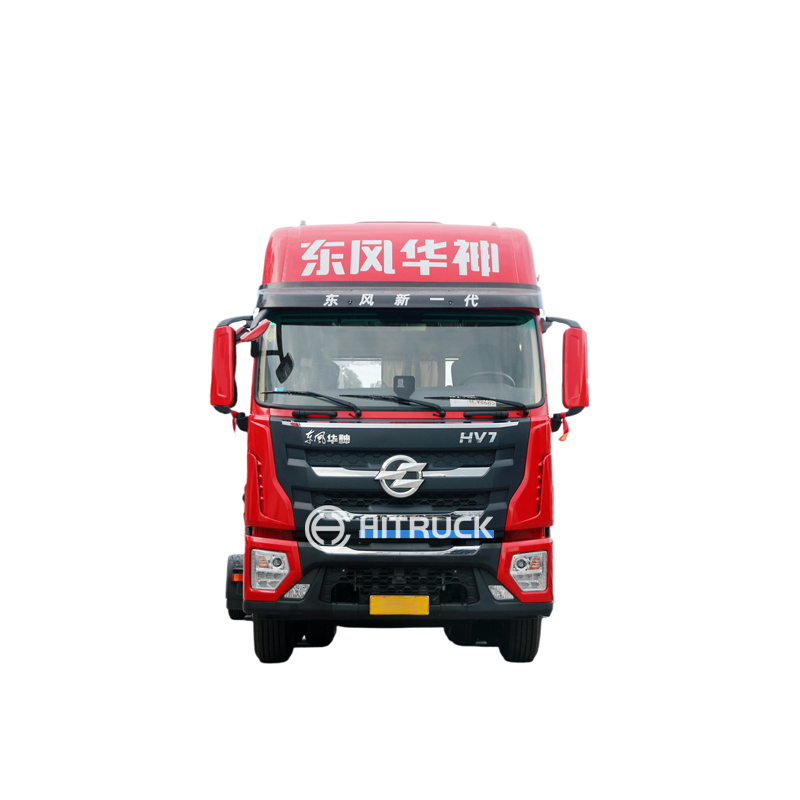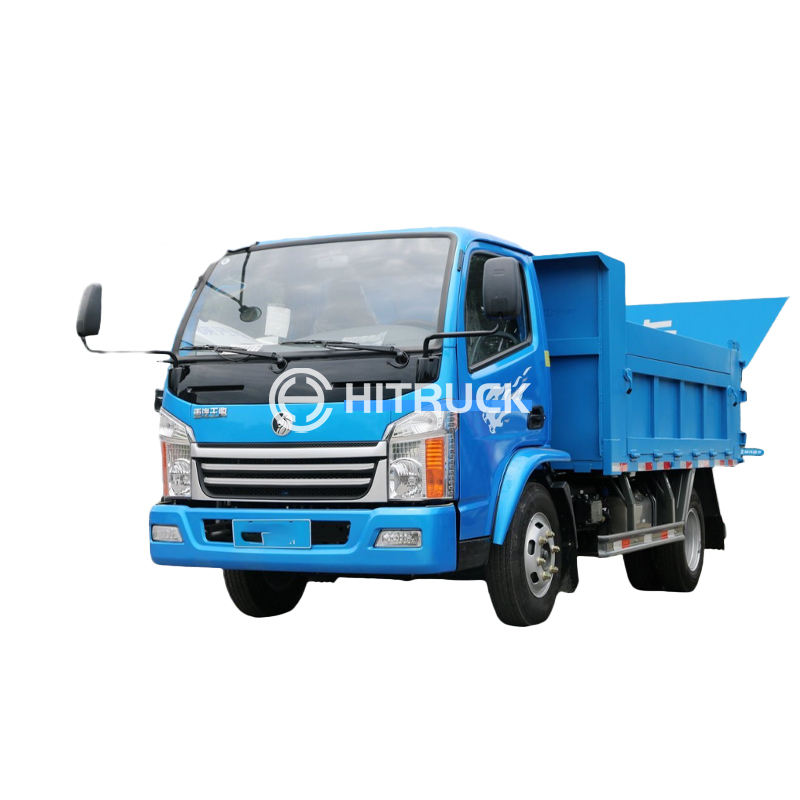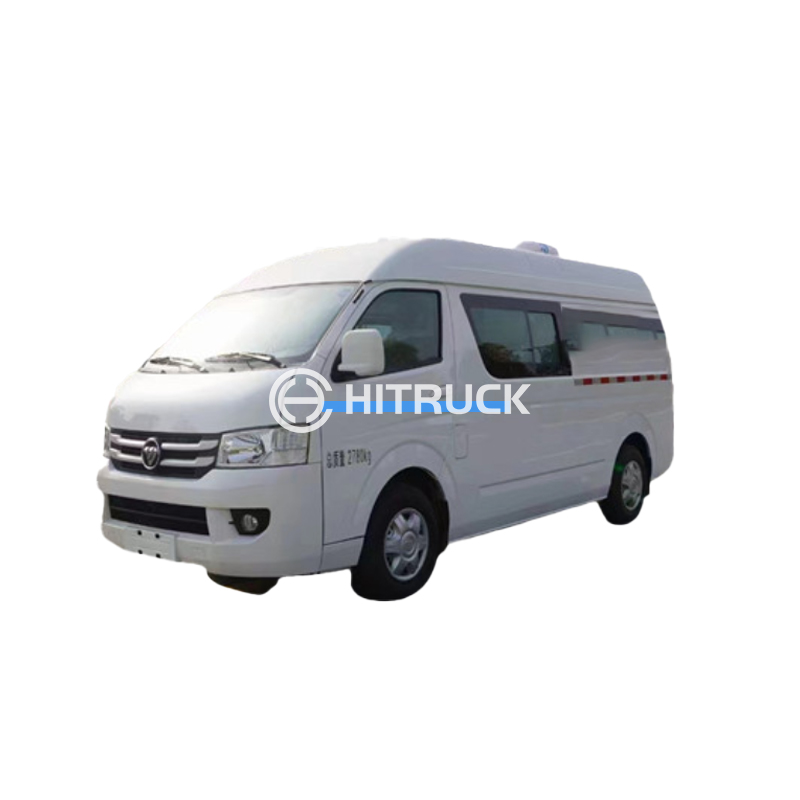This comprehensive guide helps you navigate the market for new reefer trucks, covering key features, considerations, and leading brands. Learn about crucial specifications, financing options, and maintenance tips to ensure a successful investment. We'll also explore the advantages of buying a new reefer truck versus a used one.
The first step is determining your specific needs. How much cargo will you be transporting? Consider the dimensions of your typical loads and calculate the required cubic feet capacity. The payload capacity dictates the weight your new reefer truck can carry, impacting your profitability. Don't forget to account for fuel, driver, and other operational weights.
Refrigeration units are a critical component of a new reefer truck. Consider the type of refrigeration unit (direct-drive or diesel-powered), its capacity (BTU rating), and its fuel efficiency. Different systems are suitable for different climates and cargo types. Some modern units offer advanced features like temperature monitoring and remote diagnostics. For example, Carrier Transicold and Thermo King are leading brands that offer a wide range of refrigeration units.
The engine's power and fuel efficiency are crucial for operational costs. Consider the engine's horsepower, torque, and fuel economy (MPG). Newer models often boast improved fuel efficiency through advanced technologies like turbocharging and fuel injection systems. Look for EPA SmartWay-verified engines for increased fuel savings.
Investing in driver comfort translates to improved productivity and safety. Features like ergonomic seating, automated climate control, and advanced driver-assistance systems (ADAS) enhance the overall driving experience. Safety features such as lane departure warnings and electronic stability control can significantly reduce accidents and insurance costs. Choosing a cab size that meets your driver's needs is also a key consideration.
Several manufacturers produce high-quality new reefer trucks. Research and compare offerings from major players such as Freightliner, Kenworth, Peterbilt, and Volvo. Each brand offers various models with differing specifications and features. Visiting dealerships or attending industry trade shows can offer valuable hands-on experience.
Securing financing is a significant step in purchasing a new reefer truck. Explore various financing options, including bank loans, leasing agreements, and financing offered by the truck manufacturer. Carefully compare interest rates, terms, and repayment schedules to choose the best option for your budget and financial situation. Suizhou Haicang Automobile Sales Co., LTD. (https://www.hitruckmall.com/) is a valuable resource for finding suitable financing options.
Regular maintenance is essential for extending the lifespan and operational efficiency of your new reefer truck. Develop a preventative maintenance schedule that includes regular inspections, oil changes, and filter replacements. Proper maintenance can also prevent costly repairs in the long run. Carefully follow the manufacturer’s recommended maintenance guidelines.
| Feature | New Reefer Truck | Used Reefer Truck |
|---|---|---|
| Cost | Higher initial investment | Lower initial investment |
| Reliability | Generally more reliable with warranty | Potential for higher maintenance costs |
| Fuel Efficiency | Typically more fuel-efficient | Potentially lower fuel efficiency |
| Technology | Latest technology and safety features | Older technology, fewer safety features |
Ultimately, the choice between a new and used reefer truck depends on your budget and risk tolerance. A new reefer truck provides peace of mind and greater efficiency, while a used truck offers a more affordable option.
This guide provides a starting point for your research. Remember to consult with industry professionals, compare different models, and thoroughly evaluate your specific requirements before making a decision.

